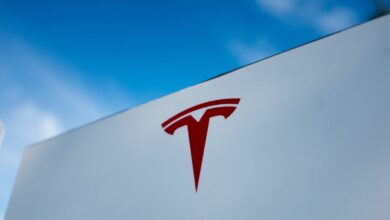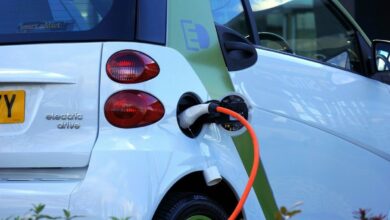Gasoline Demand Continues To Grow Despite EV Boom

Increased adoption of electric vehicles in the United States and China is expected to put a major dent in gasoline demand growth this year. In one of the most telling statistics about the penetration of EVs into the global market we’ve seen yet, global consultancy Wood Mackenzie projects that gasoline demand growth will reduce by half over the course of 2024.
China is on a stratospheric growth trajectory in terms of EV production. 60% of all EV sales in the world are made in China, and EVs are expected to represent 40% of the nation’s total vehicle exports in 2024 at a whopping 2.4 million units. That’s double last year’s figure, after the nation already increased its new EV sales by a jaw-dropping 82% the year before, in 2022. In addition to dominating global electric vehicle manufacturing, China is currently on track to meet its own ambitious EV adoption goal: 40 percent of vehicles sold by 2030. Within that same time frame, some Chinese provinces such as the island of Hainan will most likely have 100% EV new car sales.
The United States has been criticized as being “in the slow lane” for EV adoption compared to China and many European nations, but by volume EV sales in the United States are also contributing a considerable amount to global totals. And the Biden administration is hard at work trying to increase domestic adoption rates. Just this week, the federal government released final rules on the clean vehicle provisions of the Inflation Reduction Act (IRA) which will lower the cost of EVs for consumers and hopefully spur significant adoption growth.
The growth in EV adoption from these two economic giants, as well as even higher adoption rates in smaller early-adopter nations including Norway, Iceland, Sweden, and the Netherlands, are pushing the global electric vehicles industry to new heights. EVs are expected to account for two-thirds of the world’s car sales by 2030.
All of this is going to have a significant impact on the fossil fuels industry and on gasoline demand in particular. Global gasoline demand will continue to grow over the rest of the year, but by just 340,000 barrels per day (bpd), to reach a total of 26.5 million bpd, compared to 2023’s growth of 700,000 bpd. The growth rate will be as low as it was in 2020, during the peak of the Covid-19 pandemic when most of us were putting far fewer miles on our cars. In fact, Wood Mackenzie says that China is fast approaching peak gasoline demand, and the United States has already passed it. Gasoline consumption in the U.S. is expected to stay static in 2024.
Even this dramatic growth in EV demand and associated slowdown in gasoline demand is not enough to reach global climate goals, however. “EVs need to account for 75 percent to 95 percent of passenger vehicle sales by 2030 in order to meet international climate goals aimed at keeping global warming to 1.5 degrees C (2.7 degrees F),” reports the World Resources Institute. That’s significantly higher than the 66% we’re expected to achieve, suggesting that the public and private sector need to lay the groundwork now to bend the curve over the next 6 years.
Indeed, 2024 won’t just be a record year for EV growth. It’s also a record year for oil consumption. “Under current policies, EVs are not an existential threat to global oil demand, not even close,” Daniel Raimi, a fellow at environment and energy research institute Resources for the Future, was recently quoted by Inside Climate News. “If we’re going to achieve our long-term climate goals we need additional public policies and technological innovation to get us where we need to go.”
By Haley Zaremba for Oilprice.com



